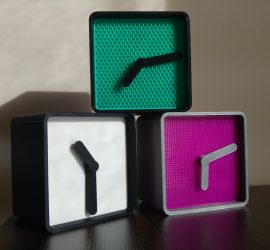My Arduino project
After a couple of weeks working with Arduino and learning how to use different components, it’s time you think about something cool to do with it. It really is up to you, as you can choose any project you like as long as we have all the needed materials. Be […]









